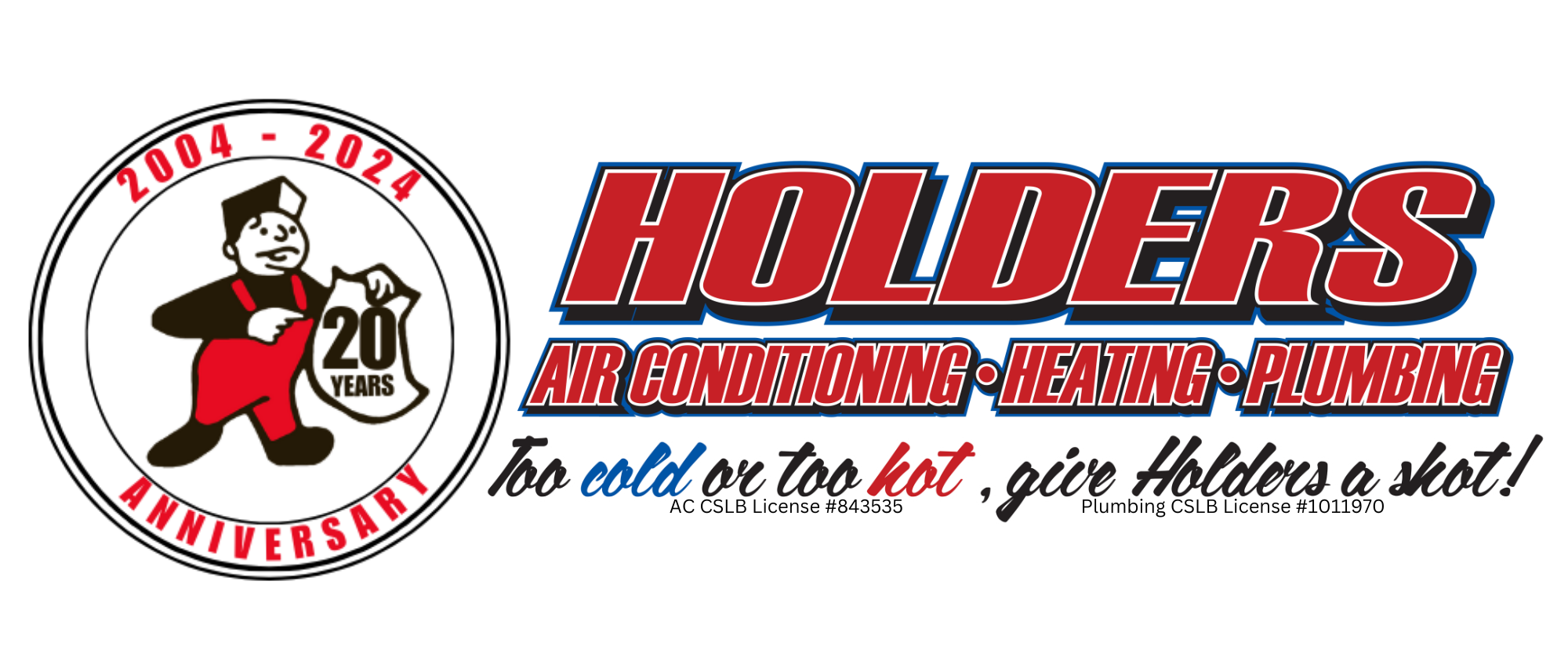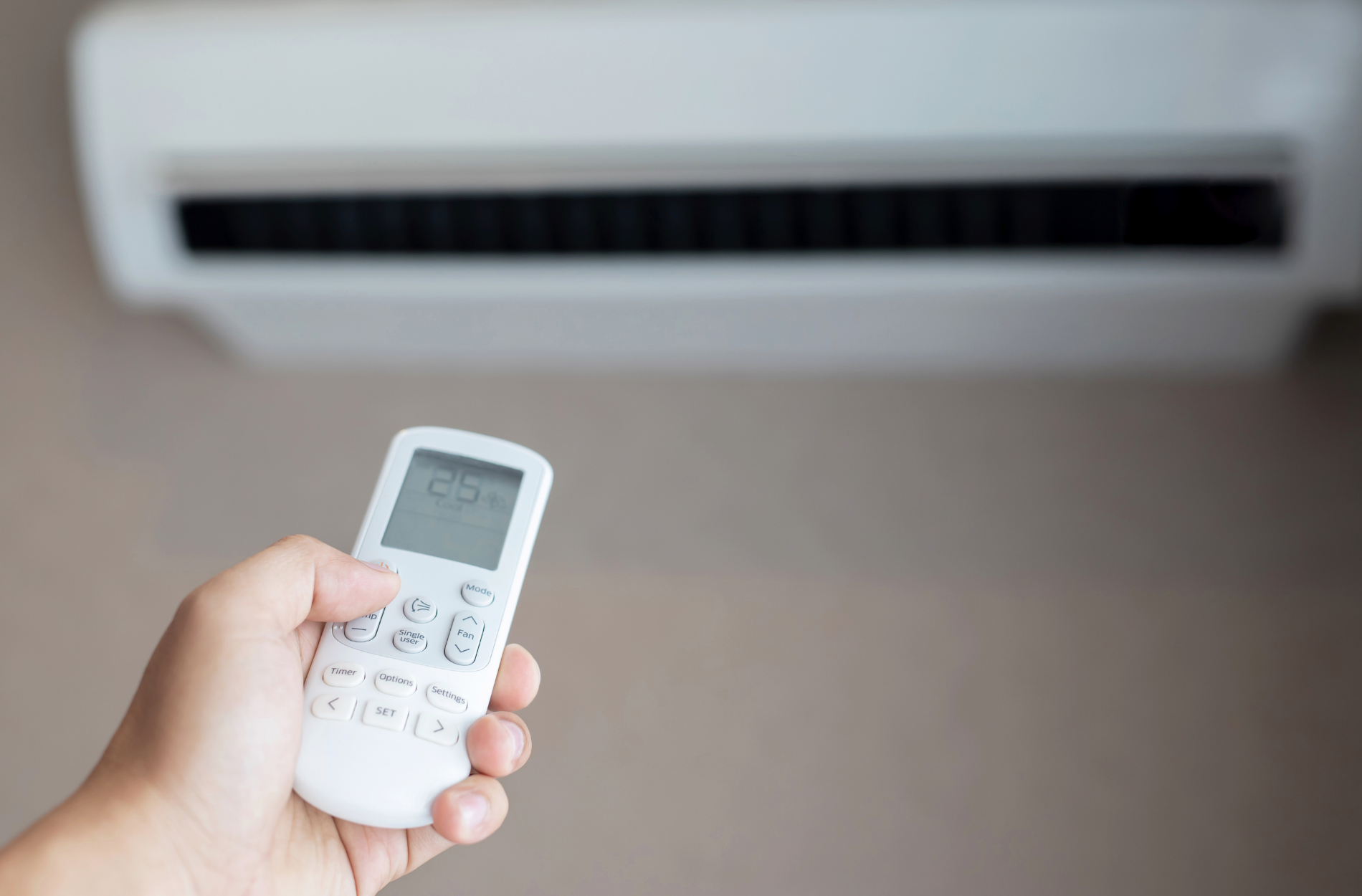Selecting the right HVAC system for your home can be a challenging process, with many factors to consider, such as cost, energy-efficiency, and square footage. Two popular options are central air conditioning and ductless mini-split systems, each with its own set of advantages. We will explore the differences between central AC and ductless mini-split systems and discuss how our professionals can help you choose the right system for your specific needs.
Central air conditioning systems are a common choice in many homes, providing cooling (and sometimes heating) through a network of ducts and vents. This type of system is ideal for larger homes where consistent temperature and comfort in multiple rooms are desired. On the other hand, ductless mini-split systems are smaller, versatile, and do not require ductwork. Instead, they consist of an outdoor unit connected to one or more indoor air handlers, providing targeted cooling and heating solutions for individual rooms or zones within your home.
Central Air Conditioning Systems: Advantages and Disadvantages
1. Consistent Cooling and Heating Throughout Your Home
A significant advantage of central AC systems is that they provide consistent cooling and heating throughout your entire home. This ensures that all rooms maintain a comfortable temperature, unlike ductless mini-split systems, which primarily focus on cooling or heating specific zones within the house. This aspect makes central AC systems an excellent choice for families who require comfort in multiple rooms.
2. Capacity to Accommodate Larger Spaces
Central air conditioning systems are well-suited to larger homes or those with open floor plans. They have the capacity to effectively cool a significant square footage, whereas ductless mini-split systems may not provide adequate cooling for extensive areas without multiple indoor units.
3. Potential Energy Loss
While central AC systems can be energy efficient, some energy loss can occur through duct leaks or poor insulation, reducing their overall efficiency. Homeowners should ensure that their ductwork is adequately sealed and insulated to minimize energy loss and maximize system performance.
4. Installation Complexity and Cost
Installing a central AC system, especially in a home without existing ductwork, can be invasive and time-consuming. This installation process may project a higher cost and longer downtime for homeowners, unlike the less invasive installation process for ductless mini-split systems.
Ductless Mini-Split Systems: Advantages and Disadvantages
1. Higher Energy Efficiency
One of the primary benefits of ductless mini-split systems is their higher energy efficiency when compared to central AC systems. Since they do not rely on ductwork to distribute cooled or heated air, ductless systems avoid the energy loss associated with duct leaks or poorly insulated ducts. Additionally, they allow homeowners to cool or heat specific areas of the house, preventing energy waste.
2. Easy and Quick Installation
Ductless mini-split systems generally require a quicker and less invasive installation process compared to central AC systems. They do not necessitate the installation of ductwork, which can reduce both the installation cost and downtime for homeowners. This makes them an attractive option for those looking for a simpler installation experience.
3. Customizable and Flexible Zoning Options
Ductless mini-split systems offer homeowners customizable and flexible zoning options, allowing them to cool or heat specific rooms or areas within their home. This can be an advantage for those who want to prioritize temperature control in certain parts of the house or wish to install a system in existing homes where extending ductwork may not be feasible.
4. Limited Cooling Capability for Larger Homes
While ductless mini-split systems can effectively cool individual rooms or zones, they may not be well-suited to larger homes or spaces with open floor plans. In such cases, multiple indoor units may be required to achieve the desired level of comfort, which can increase the overall cost and complexity of the system.
Factors to Consider When Choosing Between Central AC and Ductless Mini-Split Systems
1. Home Size and Layout
Consider your home’s size and layout when choosing between central AC and ductless mini-split systems. Central AC systems are ideal for larger homes or those with open floor plans, while ductless mini-split systems offer targeted cooling or heating solutions for individual rooms or zones in smaller or more segmented homes.
2. Energy Efficiency and Cost
Energy efficiency should be a top priority when selecting an HVAC system. Although central AC systems can be efficient, ductless mini-split systems tend to offer more significant energy savings due to their targeted cooling or heating capabilities and lack of duct-related energy loss.
3. Installation Process and Costs
Consider the installation process and costs associated with each system. Central AC systems generally require a more invasive installation process, especially if your home lacks existing ductwork. Ductless mini-split systems typically involve a simpler installation process, possibly reducing both cost and downtime for homeowners.
4. Customization and Control
Ductless mini-split systems provide greater customization and control, allowing homeowners to cool or heat specific areas of their homes as needed. Central AC systems, on the other hand, deliver consistent temperature control throughout the entire house.
Conclusion
Choosing the right HVAC system for your home is essential for maintaining a comfortable living environment. By understanding the benefits and limitations of both central AC and ductless mini-split systems, you can make an informed decision that best suits your needs. Our professional technicians at Holders Air Conditioning & Heating can guide you through this process, recommending the ideal system based on factors like energy efficiency, installation costs, and your home’s size and layout. Schedule a consultation with our experts today to explore our air conditioning services in Bakersfield and enjoy a more comfortable and energy-efficient home.













